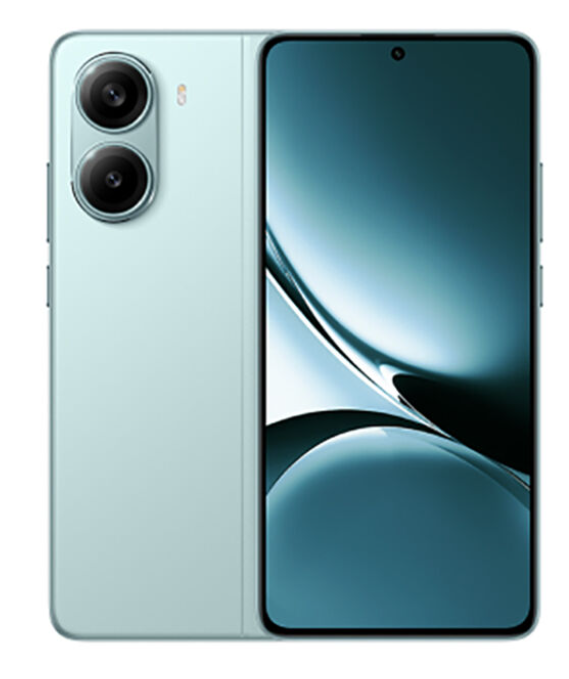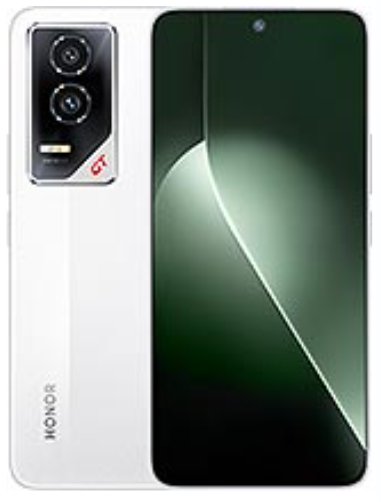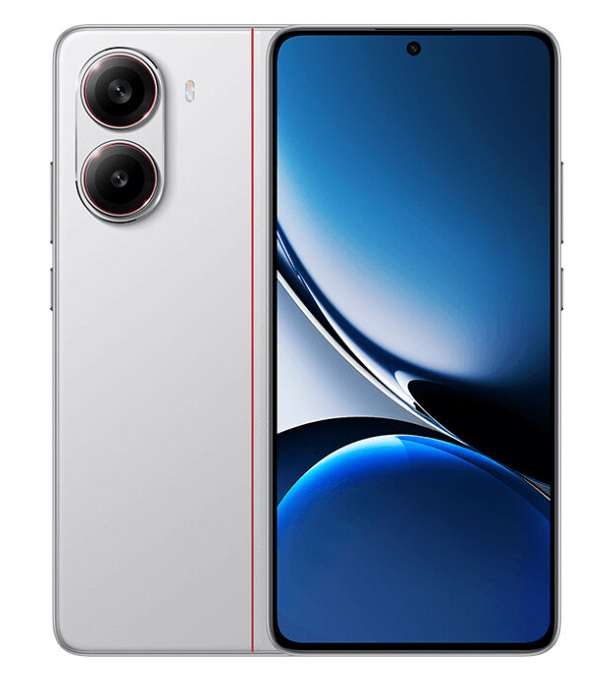Choosing between the Redmi Turbo 4 and the Honor GT highlights the evolving competition in mid-range smartphones, where performance, design, and value are more critical than ever. Both devices pack impressive features, but their unique strengths cater to different user needs. This comparison dives into key aspects like design, specs, cameras, and pricing, to help you decide which device aligns better with your lifestyle and priorities.
1. Design and Display

The Redmi Turbo 4 impresses with an IP68 rating, offering superior water and dust resistance compared to the IP65 rating of the Honor GT. Both phones feature AMOLED displays with 120Hz refresh rates, but the Turbo 4 edges ahead with Dolby Vision, HDR10+, and HDR Vivid support, alongside a peak brightness of 3200 nits, making it exceptional for outdoor viewing. The Honor GT counters with a slightly larger 6.7-inch display and a screen-to-body ratio of ~90.8%, offering a more immersive viewing experience. However, its 4000 nits peak brightness feels overly niche, primarily benefiting HDR content.
The Redmi Turbo 4 takes the lead for display quality, thanks to its HDR capabilities and extreme brightness, while the Honor GT is more visually appealing with a slimmer bezel design.
2. Specifications

The Honor GT packs the cutting-edge Snapdragon 8 Gen 3 chipset, delivering unmatched performance, especially for gaming and multitasking. Meanwhile, the Redmi Turbo 4’s Dimensity 8400 Ultra is no slouch but falls slightly behind in raw power. The Redmi Turbo 4 boasts a larger 6550 mAh battery with 90W fast charging, whereas the Honor GT offers a smaller 5300 mAh battery but compensates with faster 100W charging and 5W reverse charging.
The Honor GT’s chipset and faster charging are ideal for performance enthusiasts, but the Redmi Turbo 4’s larger battery is a better choice for power users needing extended uptime.
3. Camera

The Redmi Turbo 4 sports a 50MP f/1.5 main sensor, promising better low-light performance with a larger aperture. Its secondary 8MP ultrawide sensor, while adequate, is outshined by the Honor GT’s 12MP ultrawide with autofocus, which offers greater versatility. Honor GT’s main camera also features a larger sensor size but has a narrower aperture, affecting low-light photography slightly. Both phones excel in video capture, offering 4K and gyro-EIS.
The Redmi Turbo 4’s superior aperture is better for night shots, while the Honor GT’s ultrawide camera stands out for versatility, making it a better choice for diverse photography needs.
4. Pricing
The Redmi Turbo 4 is priced at around $290, while the Honor GT costs approximately $310. Considering the Honor GT’s advanced chipset and slightly better camera setup, the additional cost seems justified for users prioritizing performance and versatility. Conversely, the Redmi Turbo 4 delivers excellent value for those focused on display quality and battery life.
Both phones are competitively priced, but the choice depends on individual priorities. Redmi Turbo 4 suits budget-conscious users, while the Honor GT offers better overall performance for a marginally higher price.
5. Conclusion

The Redmi Turbo 4 features cutting-edge HDR standards and a massive battery, making it ideal for media consumption and extended usage. The Honor GT stands out with reverse wired charging, Wi-Fi 7 compatibility, and the latest Snapdragon 8 Gen 3, ensuring future-proof performance. Both offer premium builds, but the Turbo 4’s IP68 rating and exceptional brightness are rare at this price.
Redmi Turbo 4 caters to everyday users who prioritize longevity and visuals, while the Honor GT appeals to tech enthusiasts seeking top-tier performance and unique features like Wi-Fi 7.







